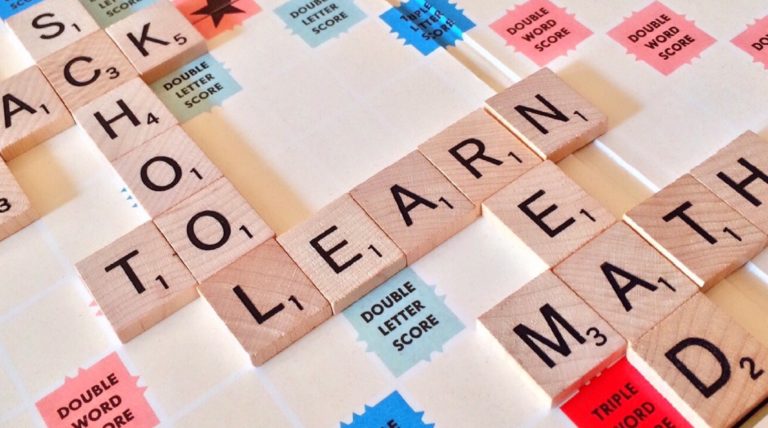A growing number of American adults are falling behind in literacy and numeracy, as revealed by the 2023 Program for the International Assessment of Adult Competencies (PIAAC). The findings underscore widening gaps in essential skills amid a backdrop of economic inequality and limited social mobility.
By the numbers:
- 28% of U.S. adults scored at the lowest levels of literacy in 2023, up from 19% in 2017.
- 34% scored at the lowest levels of numeracy, a rise from 29% over the same period.
- Literacy and numeracy skills in the U.S. are below the international average, ranking among the lowest-performing OECD countries.
Zoom out: The U.S. stands out for its growing gap between top and bottom performers, as higher scorers maintain their skills while others experience sharp declines. [NBC News]
- These disparities are reflected in broader economic and health outcomes. High scorers tend to earn 75% more and report better well-being than those at the bottom.
Why it matters: Adults with low skills struggle to navigate real-world tasks like comparing grocery labels or interpreting job descriptions. The widening skill gap threatens the U.S.’s competitiveness and raises concerns about social cohesion, particularly as non-native speakers and marginalized groups remain disproportionately affected. [The Economist, subscription model]
What’s next: Addressing these issues will require investment in adult education programs, workforce training, and initiatives that promote equitable access to learning opportunities. Policymakers must tackle systemic barriers that exacerbate skill disparities, from early education inequities to workplace training gaps.
The bottom line: Without intervention, declining literacy and numeracy rates risk deepening economic divides and reducing the capacity of adults to thrive in a modern workforce.




